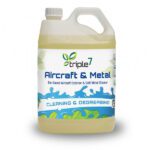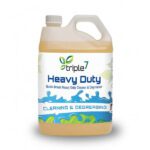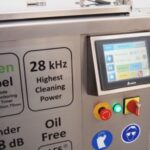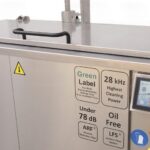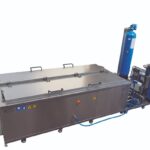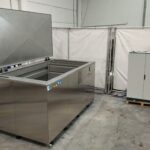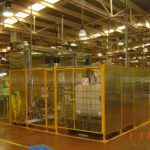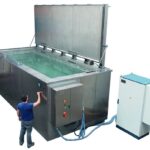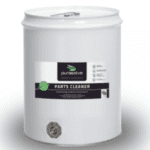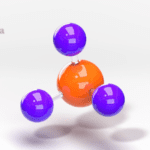Heat Exchangers, Condensers and Chillers play very vital roles in mainstream industries. Their maintenance affects the day-to-day efficiency and functioning of industries. Let’s dwell a little more into the the common problems that occur over the course of using these heat exchangers:
Heat exchangers can experience several types of problems in industrial systems, including:
- Fouling: accumulation of deposits such as scale, mud, and corrosion products on the heat exchanger surfaces, reducing heat transfer efficiency and increasing pressure drop.
- Corrosion: degradation of the heat exchanger material due to chemical reactions with the fluid being processed, leading to leaks and equipment failure.
- Leaks: development of cracks or holes in the heat exchanger due to corrosion, erosion, or thermal fatigue, leading to fluid loss and equipment failure.
- Blockage: clogging of the heat exchanger tubes by debris or solid materials, reducing heat transfer efficiency and increasing pressure drop.
- Heat Transfer Inefficiency: a decrease in heat transfer efficiency due to factors such as fouling, poor flow distribution, or incorrect temperature control.
- Pressure Drop: an increase in fluid pressure drop across the heat exchanger due to fouling, blockage, or poor flow distribution, resulting in decreased flow rate and reduced heat transfer efficiency.
What to expect once the situational problem has been addressed:
- Improved Heat Transfer Efficiency: The user would expect the heat exchanger to have improved heat transfer efficiency, allowing for more efficient heat transfer between the fluids.
- Reduced Fouling: The user would expect that any fouling present on the heat exchanger surfaces has been removed or reduced, ensuring that heat transfer is not impeded.
- Reduced Corrosion: The user would expect that any corrosion present on the heat exchanger has been addressed, ensuring that the equipment continues to operate effectively and safely.
- Leaks Repaired: The user would expect that any leaks present in the heat exchanger have been repaired, ensuring that fluid is not lost and the equipment continues to operate effectively.
- Blockages Cleared: The user would expect that any blockages present in the heat exchanger tubes have been cleared, allowing for efficient heat transfer.
- Improved Flow Distribution: The user would expect that the flow distribution across the heat exchanger has been optimized, ensuring that the fluid is properly distributed and heat transfer is efficient.
- Improved Pressure Drop: The user would expect that the pressure drop across the heat exchanger has been reduced, allowing for efficient heat transfer and reduced energy consumption.
- Proper Assembly: The user would expect that the heat exchanger has been properly assembled, ensuring that it operates as designed and has a long service life.
- Improved Reliability: The user would expect that the heat exchanger has improved reliability, allowing for reliable and consistent operation over time
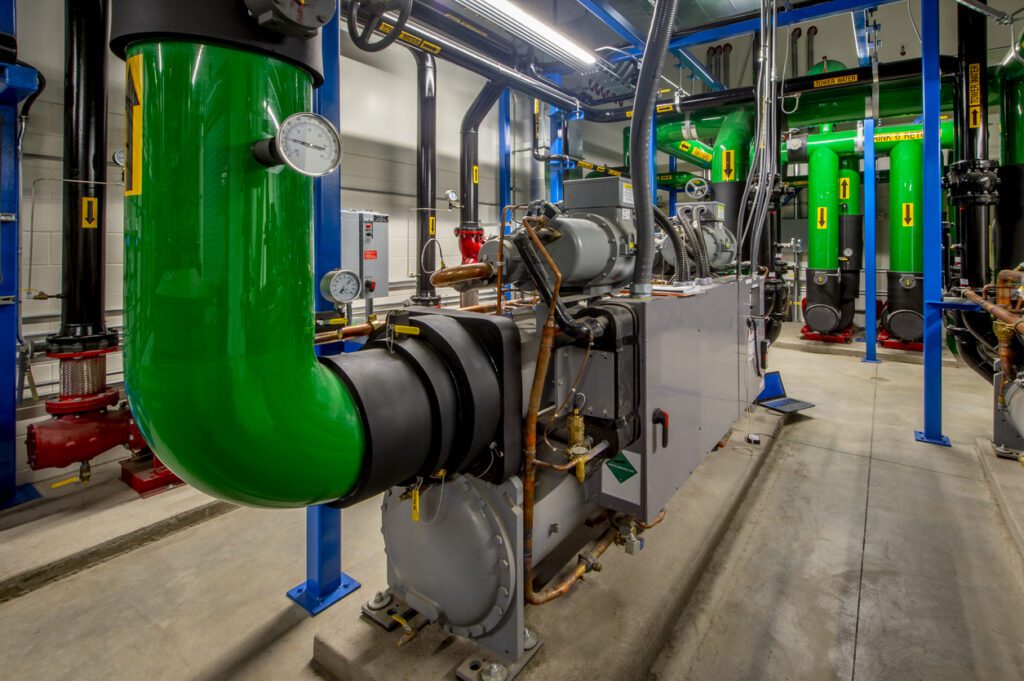

Condensers can experience several types of problems in industrial systems, including:
- Fouling: accumulation of deposits such as scale, mud, and corrosion products on the heat exchanger surfaces, reducing heat transfer efficiency and increasing pressure drop. Remedy: chemical cleaning or mechanical cleaning.
- Corrosion: degradation of the heat exchanger material due to chemical reactions with the fluid being processed, leading to leaks and equipment failure. Remedy: use of corrosion-resistant materials or coatings, use of corrosion inhibitors.
- Leaks: development of cracks or holes in the heat exchanger due to corrosion, erosion, or thermal fatigue, leading to fluid loss and equipment failure. Remedy: regular inspection and maintenance, use of corrosion-resistant materials or coatings.
- Blockage: clogging of the heat exchanger tubes by debris or solid materials, reducing heat transfer efficiency and increasing pressure drop. Remedy: regular cleaning and maintenance.
- Heat Transfer Inefficiency: a decrease in heat transfer efficiency due to factors such as fouling, poor flow distribution, or incorrect temperature control. Remedy: optimization of operating conditions, use of enhanced heat transfer surfaces.
- Pressure Drop: an increase in fluid pressure drop across the heat exchanger due to fouling, blockage, or poor flow distribution, resulting in decreased flow rate and reduced heat transfer efficiency. Remedy: optimization of fluid flow, regular cleaning and maintenance.
Chillers can experience several types of problems in industrial systems, including:
- Refrigerant Leaks: loss of refrigerant due to leaks in the system, affecting the cooling performance and leading to decreased efficiency. Remedy: regular maintenance and inspection, regular tightening of connections, replacement of damaged components.
- Evaporator Fouling: accumulation of deposits such as scale, mud, and corrosion products in the evaporator, reducing heat transfer efficiency and increasing pressure drop. Remedy: chemical cleaning or mechanical cleaning, use of water treatment systems.
- Compressor Failure: malfunction of the compressor, which is the heart of the chiller, due to problems such as overheating, overloading, or bearing failure. Remedy: regular maintenance and inspection, use of proper operating conditions, use of high-quality components.
- Condenser Fouling: accumulation of deposits such as scale, mud, and corrosion products in the condenser, reducing heat transfer efficiency and increasing pressure drop. Remedy: chemical cleaning or mechanical cleaning, use of water treatment systems.
- Controls Failure: malfunction of the control systems, leading to incorrect operation or inefficient performance. Remedy: regular maintenance and inspection, use of high-quality components, regular calibration of sensors and control devices.
- Low refrigerant charge: insufficient refrigerant in the system, leading to decreased cooling performance and increased energy consumption. Remedy: regular maintenance and inspection, proper charging of the system with refrigerant.
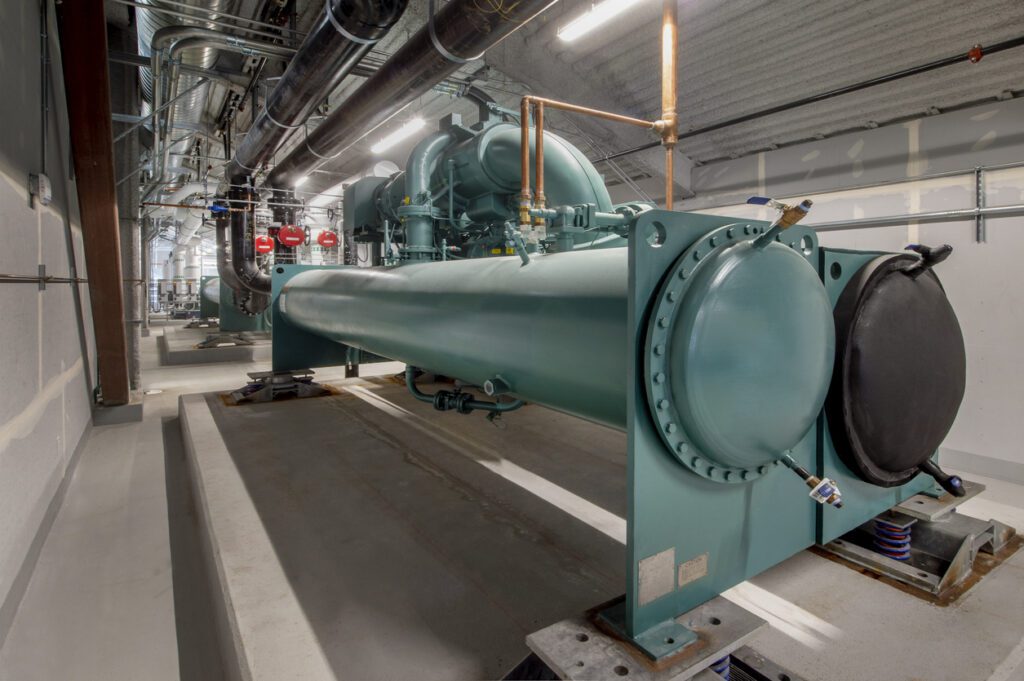

These remedies can help minimize the problems associated with the use of chillers in industries.
In conclusion, with heat exchangers and their multiple variants it is important to ensure that they are maintained in order to perform efficiently. To tackle the chemical and mechanical cleaning of heat exchangers we offer a very unique and powerful solution. Chemicals used to clean heat exchangers react with the metal and cause rust, this is where Enviroscale can be used as a replacement for regular chemicals. The use of Enviroscale for removal of limescale does not lead to rust formation. Paired with Ultrasonic Cleaners, Enviroscale provides a deep-clean of limescale. You can find more information here.

